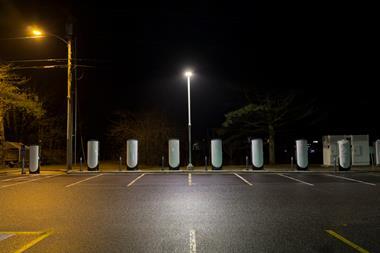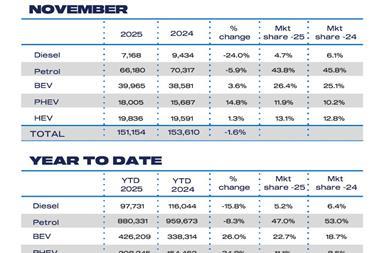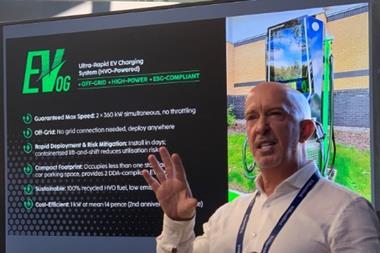
Achieving a net-zero economy by 2050 is feasible and affordable according to a coalition of energy companies and government agencies which includes BP and Shell.
The Energy Transitions Commission (ETC) has produced two reports on how electrification and the use of hydrogen can be used to achieve a net-zero greenhouse gas emissions (GHG) economy by 2050.
The first report, Making Clean Electrification Possible: 30 years to electrify the global economy, sets out why it is essential but also feasible and affordable to multiply the size of the global power system by five, while shifting to renewable-based electricity provision.
The parallel report, Making the Hydrogen Economy Possible: Accelerating clean hydrogen in an electrified economy, sets out the complementary role for clean hydrogen and how a combination of private-sector collaboration and policy support can drive the initial ramp-up of clean hydrogen production and use to reach 50 million tonnes by 2030.
“We now have the technologies to completely decarbonise electricity generation at low cost: and electrification is the key to zero carbon production in most of the economy. By mid-century even rich developed countries will need 2-3 times as much electricity as today, and developing economies 5-10 times as much. Governments, businesses and investors need to recognise the scale of the new industrial revolution required and the huge opportunities it creates,” said Lord Adair Turner, chair of the ETC.
“Clean hydrogen will be key to decarbonising sectors where direct electrification is impossible or too expensive. Steel can be made zero carbon using hydrogen as the reduction agent; ocean-going ships will likely burn ammonia made from green hydrogen: and hydrogen can provide electricity when the wind isn’t blowing and the sun not shining. In total the world may need to produce and use 5-7 times as much hydrogen as today, and there are no inherent barriers to achieving that. But strong public policy support and visionary private investment is needed to drive clean hydrogen growth at the fast pace now required.”

































No comments yet